If you are a skincare freak, you must be having Glycolic acid and Retinol, the two powerhouse ingredients in your bathroom cabinets or somewhere. And you are confused about will Glycolic acid with Retinol work for your skin or if the combination can be rather damaging.
Let’s see what science has to say about this
| Glycolic Acid | Retinol |
| PH is 3.6 | PH is 5.5 |
| Strong active ingredient | Strong active ingredient |
When the PH of two strong active ingredients is in conflict, it’s not going to make either of the ingredients effective for your skin. Also, ingredients in Hydroxy acids (Glycolic acid) can compromise the stability of Retinol. So yeah, the combination of applying them together one after the other is tricky ladies. I’d suggest you don’t do it. Nevertheless, if you still want to try this combo together, you need to have strong skin built up.
What is Glycolic Acid?
Glycolic acid is an Alpha Hydroxy Acid-AHA which is water soluble and is naturally derived from Sugar cane. Since it has a smaller molecular structure, it penetrates deep into the skin layer from the epidermis to the dermis and functions from within. Hence if you have highly sensitive skin, either do not use glycolic acid or start with the lowest concentration of it.
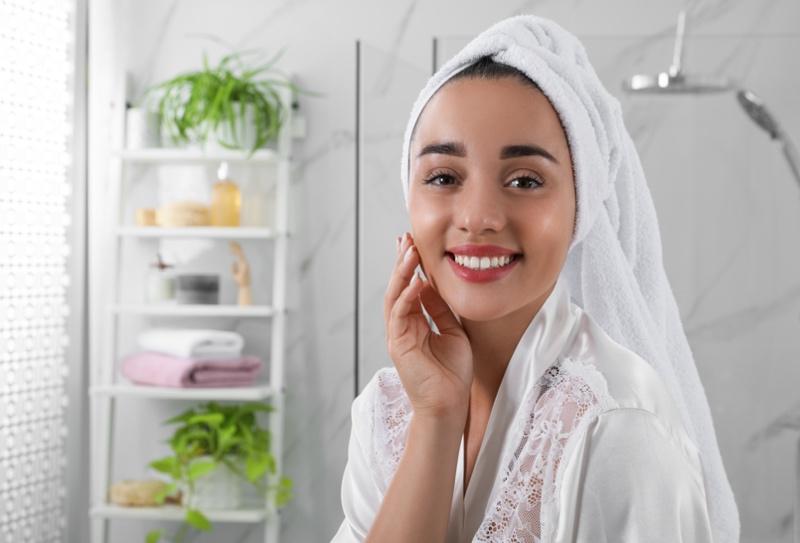
What are the benefits of Glycolic Acid?
- Glycolic acid works as the mildest chemical exfoliator which breaks all the congestion of the skin like dead skin cells, sebum, dirt, and oil & cleans the clogged pores from within.
- It resurfaces & improves skin texture over time.
- Glycolic acid promotes cell turnover which stimulates collagen production in the skin and eliminates wrinkles and fine lines.
- It repairs the skin concerns like skin discoloration, sun damage, and dull skin.
What are the side effects of Glycolic Acid?
- This Alpha Hydroxy Acid makes your skin sensitive to UV rays of the sun, which means it increases the photosensitivity of your skin. Hence always wear sunscreen with SPF 30-50 when you’re out during the day.
- The temporary side effect of Glycolic acid could be peeling or flaking, so start with the lowest concentration to be safe.
What more to know before incorporating Glycolic Acid in your skincare routine?
- Don’t apply Glycolic Acid on damp skin
- Avoid using strong ingredients like AHA’S, BHA’S, and Retinol with Glycolic Acid as there are chances you can over-exfoliate the skin.
- Don’t use Glycolic Acid every day in the beginning, 3 times a week is a good start.
- Glycolic Acid is a type of chemical exfoliator itself, so it’s generally recommended to avoid using additional chemical exfoliators in the same week.
- If you’re pregnant or nursing, use Glycolic Acid under 7% only.
How to use Glycolic Acid?
| FORM | USAGE | CONCENTRATION |
| Facewash | daily | – |
| Toner | 3 nights a week | under 7% |
| Serum | 3 nights a week | under 10% |
| Peels | Once in 4 weeks | 20% |
| Masks | Once a week | Under 10% |
Recommendations for best Glycolic acid products
- Glycolic acid Toners: The Ordinary Glycolic acid 7% toning resurfacing solution, Good Molecules Glycolic exfoliating toner, The INKEY LIST glycolic acid toner.
- Glycolic acid Cleansing Pads: QRx Labs Glycolic acid 20% resurfacing pads, NIP+FAB Glycolic fix daily cleansing pads, NEOSTRATA smooth surface glycolic peel pads.
- Glycolic acid Serums: Paula’s choice skin perfecting 8% AHA gel, QRx Labs Glycolic acid 15% Renewal serum, Murad Rapid dark spot correcting serum.
- Glycolic Acid Creams: A’PIEU Glycolic acid cream, GUNILLA glycolic acid night cream, NEOSTRATA lotion plus advanced AHA exfoliating lotion.
What is Retinol?
Retinol is a gold standard, oil-soluble derivative of Vitamin A which just doesn’t work on the surface but goes deep into the layers of the skin and exfoliates from within by eliminating dead skin cells and bacterial growth which ultimately leads to the regeneration of fresh young cells and clean pores which helps tremendously in acne control.
What are the benefits of Retinol?
- Retinol boosts Collagen and Elastin production of the skin by speeding skin cell turnover to double.
- Treats acne, acne scars, and skin discoloration.
- Works wonders for fine lines, wrinkles, sun damage, and hyperpigmentation.
- In short, it helps really well with aging skin and is the biggest hope for acne-prone skin.
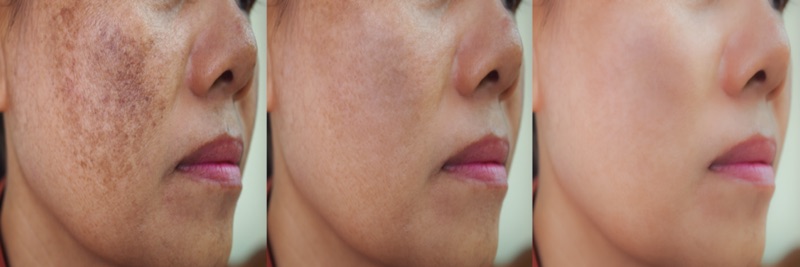
What are the side effects of Retinol?
- It increases the photosensitivity of the skin; hence you always need to apply sunscreen when stepping outside otherwise you can burn your skin quickly.
- Newbies and people with sensitive skin types generally tend to develop irritation/burns/flakiness/redness when starting the retinol journey. Hence start with the lowest concentration and increase gradually.
- If you are not able to handle the side effects by yourself, contact a board-certified dermatologist.
Tips to remember while incorporating Retinol safely in the skincare routine
- Apply just a pea-sized amount
- Don’t use Retinol on damp skin
- Don’t mix Retinol with any other ingredient except Hyaluronic acid, Azelaic acid, and Niacinamide
- Do not use it very close to your eyes, mouth, and nose.
- Avoid using any other potential irritants like acids or chemical exfoliants when you’re just starting off on Retinol. This can minimize your excess flaking.
- Use the Sandwich method of ‘moisturizer-retinol moisturizer’, which Means a layer of moisturizer then Retinol then moisturizer again. This will prevent any possibilities of irritation.
- Don’t use Retinol when pregnant or nursing, have susceptible skin or have dry skin conditions like eczema or psoriasis.
- You can start using Retinol from your early 20s with proper precautions, especially if you have an Ivory skin tone.
- Start with a concentration of .025% – 0.1%, two times a week. You can increase it to 1% gradually every other night when your skin feels ready.
- Always apply sunscreen with SPF 30-50 when you’re out during the day.
What is Retinol Family?
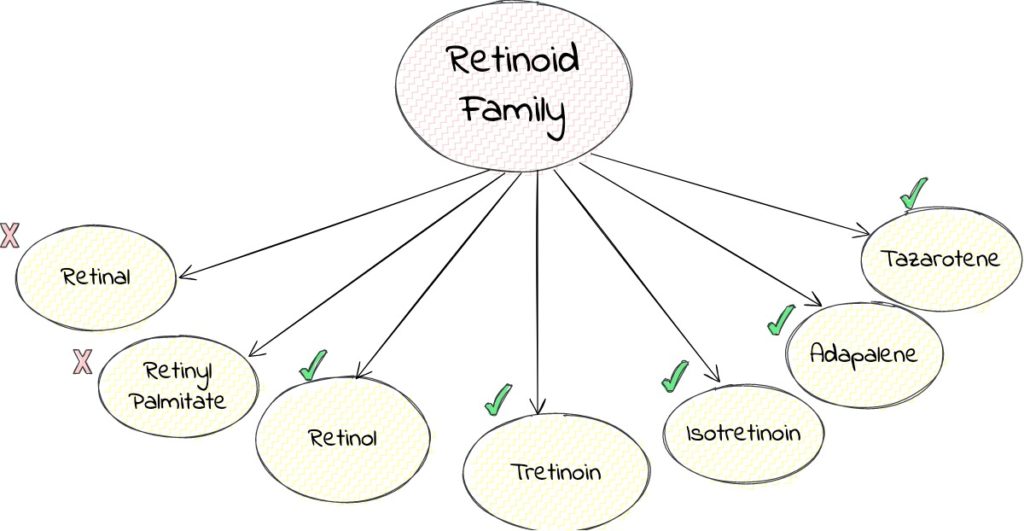

Does Retinol Packaging Matter?
Retinol packaging is literally everything, Air Exposure means Retinol death. We don’t want that pls!
There are 4 types of packaging in the market.
- Tubes (Best)
- Pump bottles (Better)
- Serum bottles (Okay)
- Jars (NAH)
Tubes are undoubtedly the best way and the safest form to use Retinol. Beware of the Jars form, they don’t make sense.
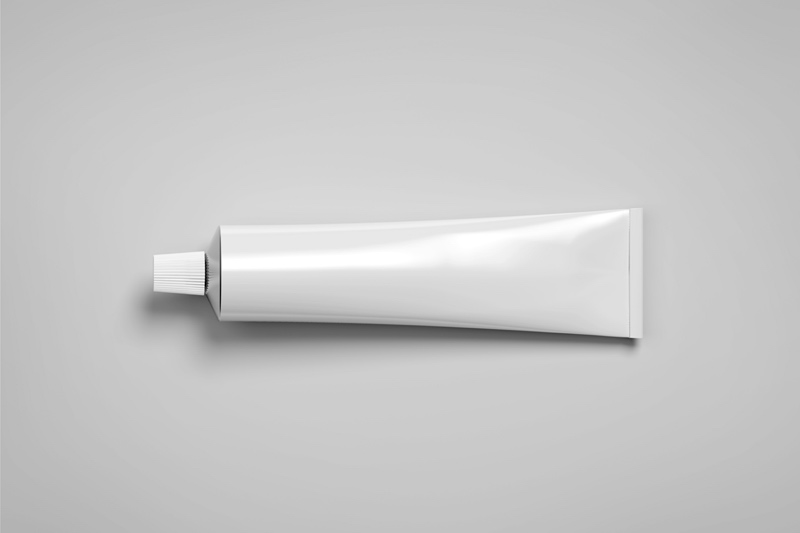
How to store Retinol to maintain its shelf life?
Retinol is not a very stable ingredient in nature and perhaps they like staying in cool, dark places. Quite away from Sunlight, to extend and maintain its shelf life. Hence your bathroom cabinets work just fine.
Recommendations for best Retinol Products
- Retinol Serums: Differin Acne Treatment Gel, La Roche Posay Effaclar Adapalene gel 0.1% Acne Treatment, CeraVe Retinol serum.
- Retinol Face Creams: Avene RetrinAL 0.1 Intensive cream, CeraVe Anti-Aging face cream with SPF 30, Neutrogena rapid wrinkle repair retinol face moisturizer.
- Retinol Body Lotions: Advanced Clinicals Retinol body lotion moisturizer, Paula’s Choice Retinol skin smoothing Body treatment, REPLENix Retinol smooth+ tighten body lotion.
How to handle Glycolic acid and Retinol Irritation or Purge?
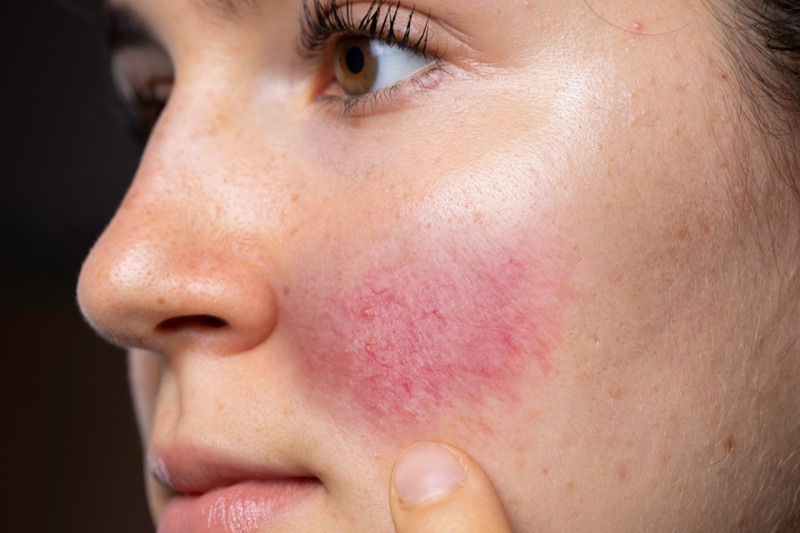
Don’t Panic, your skin will be back to a normal state within a few weeks.
Just take care of these points
- Take cold showers or ice your face (wrapped in a thin cloth). Avoid hot showers at any cost.
- Use Thermal spring water to calm the skin (Try from La Roche Posay)
- Avoid using scented harsh cleansers or moisturizers.
- Give a lot of moisture to the skin. Apply moisturizers loaded with Ceramides, Oatmeal, and Hyaluronic acid.
- Seal the skin with a light layer of Vaseline. It locks in all the goodies and lets the skin heal faster.
- Stop using any other exfoliants, acids, AHAs, BHAs, peroxides, and salicylic acid until you are completely healed.
- Glycerin and Aloe vera, both are great soothing and calming agents for the skin.
- Product suggestion- Try Avene- Cicalfate + restorative protective cream
- Apply sunscreen before stepping outside to protect the sensitivity of the skin.

The Conclusion- Glycolic acid and Retinol
Which chemical exfoliant between Glycolic acid and Retinol is better for your skin?
- If you want to mildly exfoliate the skin, remove dead skin cells, and resurface the texture of the skin, go for Glycolic Acid.
- If you want to increase collagen production in the skin and are looking for acne treatment, go for Retinol.
Can you use Glycolic acid and Retinol together?
NO. You cannot use Glycolic acid and Retinol together at the same time. Using them together can be potentially irritating or the ingredients in Glycolic acid can compromise the stability of Retinol which makes it ineffective. Use the ingredients maybe at different times of the day but not together.
Related Articles
If you loved reading this article, you will probably also enjoy reading:
- Can you use Vitamin C with Retinol?
- Should you apply Retinol before or After Moisturizer
- Can you use Benzoyl Peroxide with Retinol?
- Can you use Azelaic Acid and Retinol Together
- Can you use Retinol And Hyaluronic Acid Together?
- Can you use Niacinamide with Retinol?
- Can you use Salicylic Acid and Retinol Together?
Hope this solves some of your skin confusion, Love~ Beauty Stroll